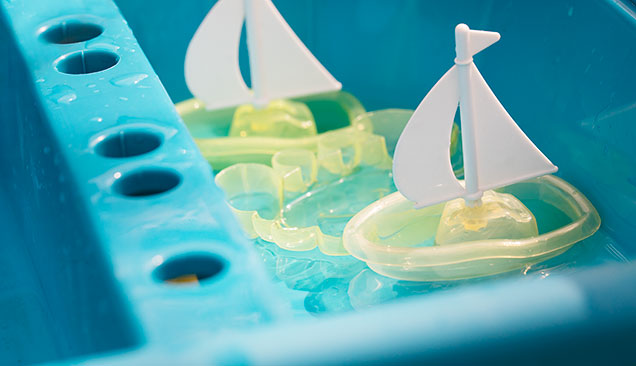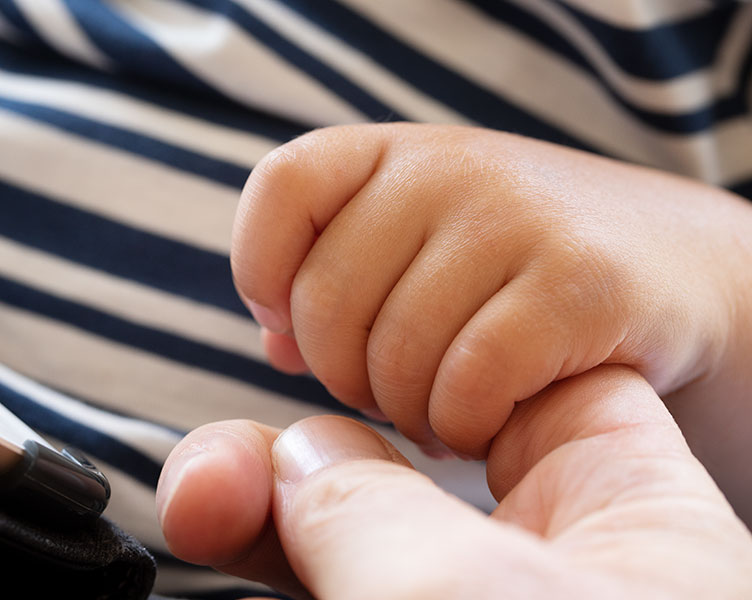Your child’s urostomy
There are many reasons why a newborn or a child may need an ostomy – but remember, that it is often a life-saving operation. An “ostomy” is a general term to describe a procedure where an opening is created in the body.
A urostomy is a general term which describes a surgical procedure that diverts urine from a defective bladder to a section of your child’s small intestine. When your child undergoes an urostomy surgery, an isolated part of the intestine is brought onto the surface of your child’s abdomen in the right-hand side, through a surgically created opening called an ostomy. The ureters are thus detached from the bladder and reattached to the isolated section of the intestine, so the urine is passed from the body through the urostomy.
After the operation
It is normal for your child’s urostomy to be swollen after surgery, but it will shrink to a smaller size within a few weeks.
The ostomy has no nerve endings, so it will not hurt when touched. Just like our gums bleed when we brush our teeth, your child’s ostomy may also bleed slightly – know that this is completely natural. However, if the urine is cloudy, foul smelling, bloody, or you experience constant bleeding, contact your doctor immediately.

The urinary tract
How does the urinary tract system work? Looking at how urine is made and passed from the body will help you understand what is involved in your child’s operation.
The urinary tract is made up of the kidneys, ureters, the bladder and the urethra. The kidneys are primarily responsible for processing and filtering our blood and impurities and excess water. All waste substances are then expelled as urine.
Once urine is produced by the kidneys, it travels through the ureters where it is stored in the bladder and released from the body through the urethra. When the urination reflex occurs, the bladder muscle contracts and the sphincters relax, allowing the urine to flow out of the body.


